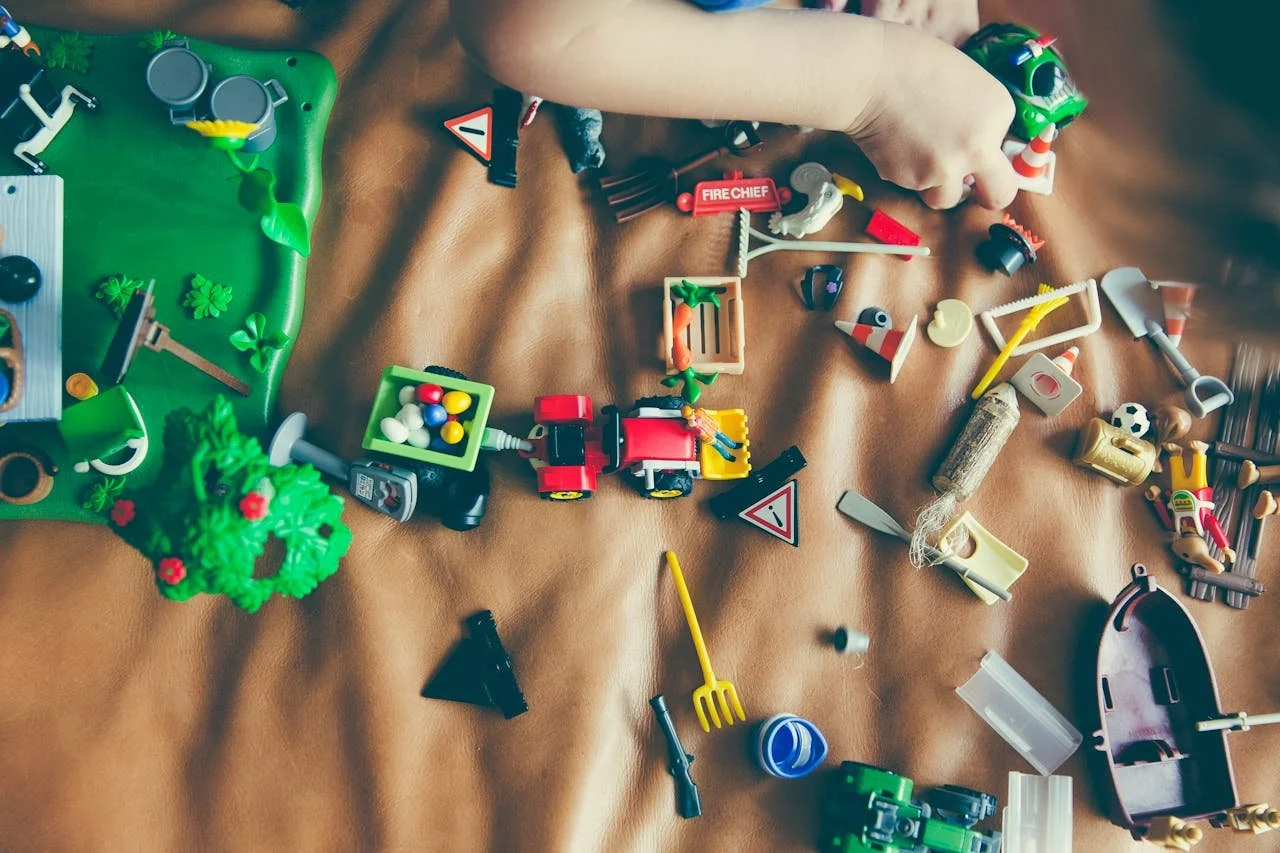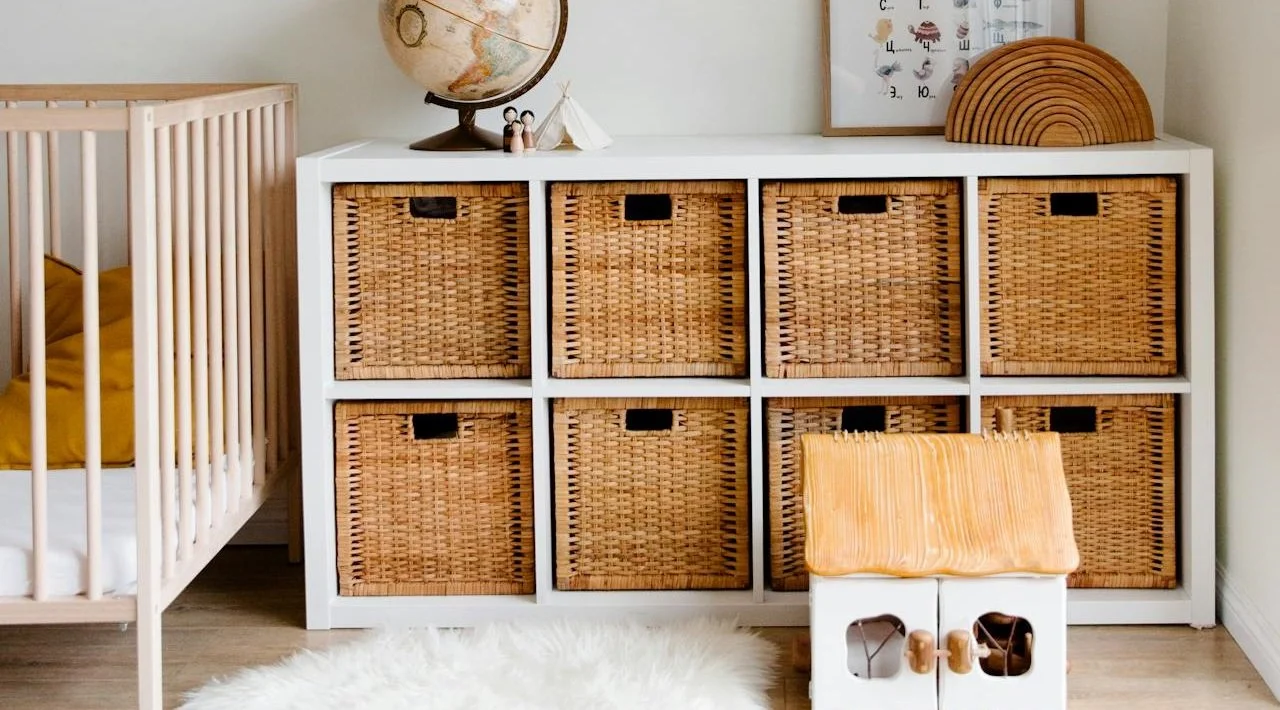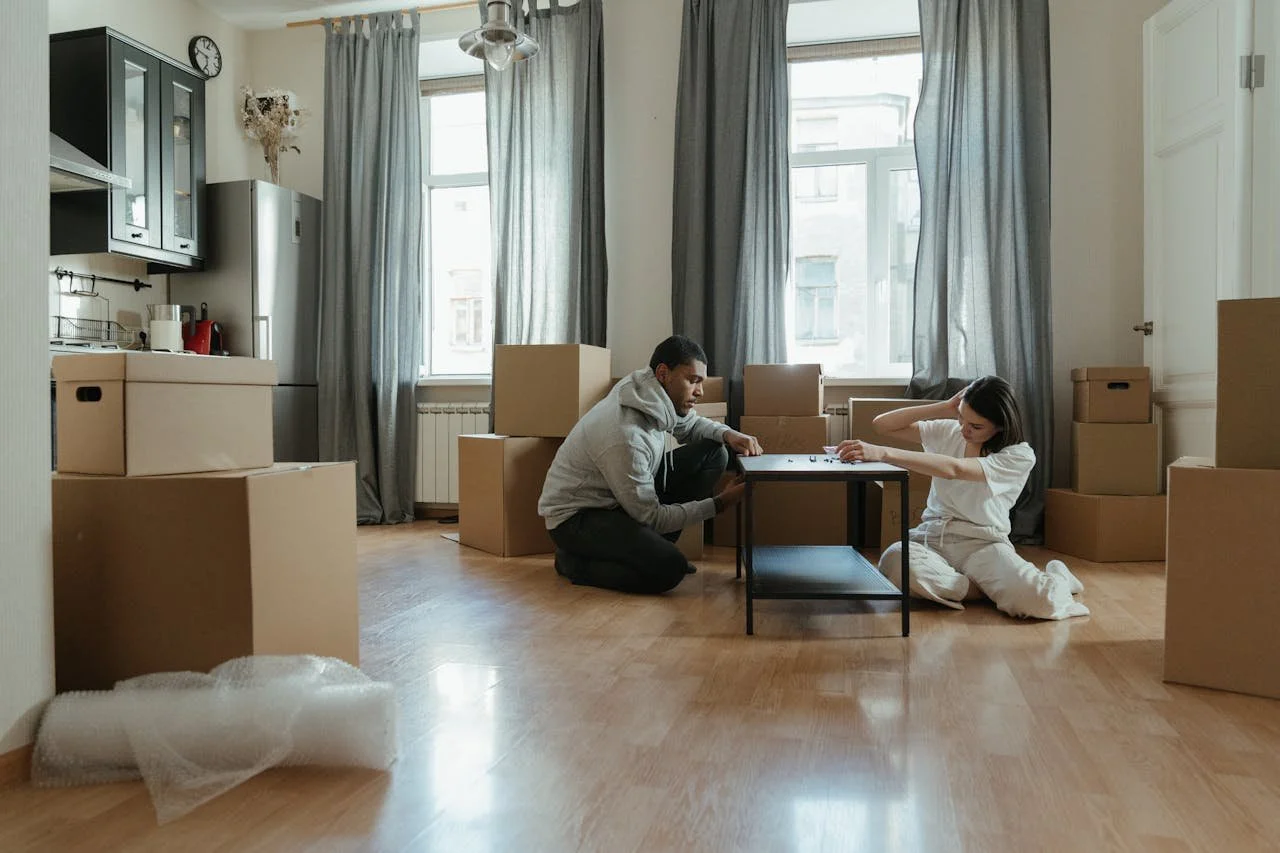How to Divide Moving Tasks Between Family Members
Moving can be stressful, but it doesn’t have to feel impossible when everyone helps. The key is knowing how to divide moving tasks between family members so each person contributes fairly. When every family member understands their role, the move becomes smoother, quicker, and less chaotic. Whether you live with adults, teenagers, or young children, everyone can play a part in making moving day a success.
Start With a Family Meeting
Before you begin packing, prepare the whole family for the move in advance. Gather everyone for a quick discussion. Talk about the moving date, what needs to be done, and who’s best at certain tasks. Encourage open conversation and allow each person to share their ideas. This step avoids confusion later and builds a sense of teamwork. A shared list or digital calendar can help you stay on track. Use bright colors or stickers to make it fun, especially for kids. When everyone feels heard, they’re more likely to stay motivated.
Create a Moving Task List That Works
To divide moving tasks effectively, write everything down. A written list helps you see the full picture and makes planning easier. Break large chores into smaller, manageable steps. Instead of writing “pack kitchen,” list “wrap glassware,” “box dishes,” and “label pantry items.” Assign tasks based on each person’s strengths. Adults can handle logistics and heavy lifting, while teens organize clothes or electronics. Younger children can sort toys or choose which books to donate. This approach keeps everyone busy, builds responsibility, and speeds things up.
Assign Tasks Based on Age and Strengths
Give everyone a role that fits their abilities. Kids can handle lightweight jobs, teens can manage moderate ones, and adults take on complex or heavier responsibilities. This keeps things safe and fair. If your kids are old enough, they can help you unpack small boxes in their rooms once you move in. That way, they take ownership of their new space and feel proud of helping. Teens might be great at setting up devices or handling pets during the move. When everyone contributes, you’ll be surprised how quickly progress happens.
Keep the Momentum Going With Smart Planning
Long moves can drag on, but visual progress helps maintain your relocation organized. Hang a chart or checklist on the wall. Each time a task is finished, check it off. It’s simple but satisfying. Reward progress with small treats—a snack break, takeout night, or a short movie. These moments keep energy up and spirits high. Also, plan rest times. Fatigue can make mistakes more likely, so schedule pauses for water and food. When everyone stays energized, the process flows better.
Label and Organize Like a Pro
Labeling is an underrated lifesaver. Use color-coded boxes—blue for bedrooms, red for kitchen, green for living room. Write what’s inside each box clearly. This way, everyone knows where to put items without asking. Label boxes by room instead of person, which saves confusion later. You can even number them and keep a quick reference list on your phone. If you need the coffee maker on day one, you’ll know exactly where it is. The organization reduces frustration and keeps things moving smoothly.
Make It Fun for Everyone
When you divide moving tasks, remember that attitude matters. Turn packing into a game. Set a timer and see who can wrap items fastest (without breaking anything). Play music while packing—it keeps the energy light. Create small challenges like “find five items to donate” or “label five boxes in ten minutes.” Kids love games, and it turns chores into fun. Staying positive helps everyone stay calm, even when the to-do list feels long. Moving is emotional, but it’s also exciting. Treat it as the beginning of something new rather than just a big job.
Tackle Moving Day With Confidence
When moving day arrives, have a plan. Assign one person to coordinate—someone who can answer quick questions and make final calls. This avoids confusion about what’s loaded or left behind. Keep the house organized by stages: packed rooms, half-packed rooms, and done rooms. Give children small, safe tasks so they feel involved. Make sure everyone knows the safety plan, especially when movers or trucks are around. Prepare easy snacks, water bottles, and a few portable chargers. These simple things can prevent last-minute stress.
Stay Calm and Handle the Unexpected
Even the best plan can hit bumps. A box might break, a storm might start, or traffic might slow everything down. Try to stay calm and adjust. Pack a “moving essentials” bag with important items to ensure a smooth transition—medications, phone chargers, documents, and a change of clothes. That way, you’re covered no matter what happens. Encourage family members to help each other when small problems arise. A calm, cooperative attitude keeps things moving forward. Remember, no move is perfect, but flexibility makes a big difference.
Unpack Together for a Smooth Start
Once you arrive, unpacking can seem endless. Don’t rush; focus on the most used spaces first—the kitchen, bedrooms, and bathrooms. Assign one person to each space and keep the teamwork going. Adults can handle fragile items, while kids organize their toys or books. Working together keeps energy high and makes the new house feel like home faster. Turn on some music, open the windows, and keep boxes moving until everything finds its place. A few days of teamwork will make your new space feel settled quickly.
Conclusion: Divide Moving Tasks to Move Happily
When you divide moving tasks between family members, you turn a challenging event into a family project. Everyone contributes something valuable. Adults guide, teens organize, and kids participate proudly. It’s more than just efficiency—it’s teamwork in action. By planning, labeling, organizing, and keeping a positive attitude, your family can turn a stressful move into an enjoyable shared experience. Moving teaches patience, cooperation, and flexibility. You’ll not only end up in a new home but also create memories of working together. In the end, every box packed and unpacked with shared effort makes your new start brighter. With balance, laughter, and teamwork, you’ll move forward smoothly—and happily.





